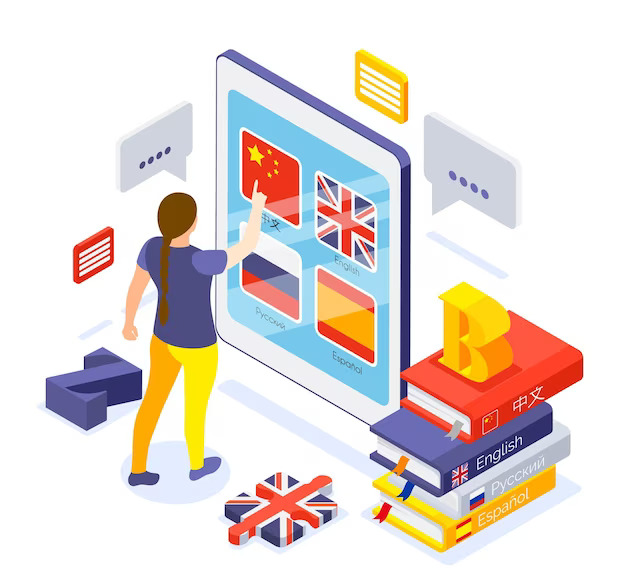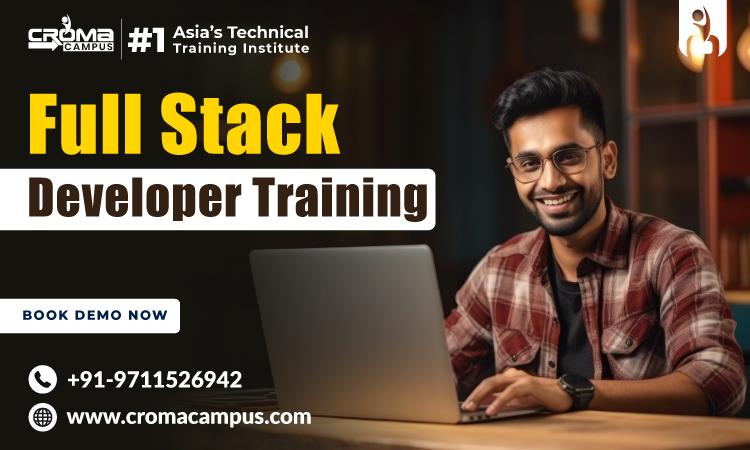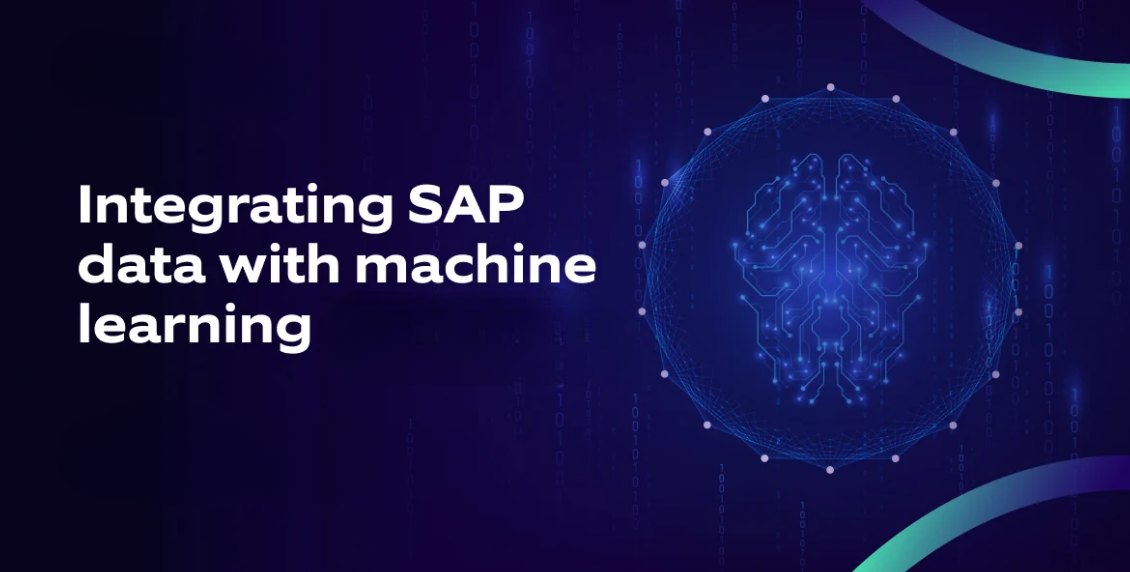When you think about Italian interpretation, do you picture a smooth flow of conversation, bridging the gap between two languages? That’s exactly what it is. Interpretation, in general, is the process of orally translating spoken language from one language to another in real time.
How to Identify Budget-Friendly Italian Interpretation Services?
Finding budget-friendly Italian interpretation services that are of excellent quality can be difficult, but it is definitely achievable for a business. Begin by figuring out the kind of interpretation required. Is it a one-off occurrence, or will you need services on a recurring basis? What type of interpretation would be most suitable? Having a clear understanding of your needs will help you focus on services that offer exactly what you’re looking for. It’s important to ensure the interpreter has expertise in both Italian and the specific field in question. For example, legal interpretation demands familiarity with legal terminology, while medical interpretation requires an understanding of medical terms and practices.
Don’t settle for the first quote you receive. Approach different agencies and freelancers, and compare their rates and services. Look for budget-friendly options without compromising on quality. The reputation of the interpreter or agency is crucial. Read online reviews, ask for testimonials, and check out any previous clients they may have worked with. If the event doesn’t require a physical presence, opting for remote Italian interpretation services can significantly reduce costs. It eliminates travel expenses while still providing effective communication.
Some agencies offer discounts when you book multiple services, such as simultaneous and consecutive interpretation for different segments of an event. Italian, being one of the world’s most romantic and historically significant languages, has a unique rhythm and nuance that requires more than a basic translation. But how do you choose a service that’s budget-friendly while maintaining quality? To make an informed choice, you first need to know about the various types of interpretation services available.
- Simultaneous Interpretation: Involves the interpreter translating the spoken language into the target language in real time.
- Interpretation through whispering: In this method, the interpreter quietly translates for a small group or a single person.
Italian interpretation plays a key role in facilitating smooth communication in negotiations, mergers, and even marketing strategies. Having an interpreter who understands the cultural nuances of both languages can prevent misunderstandings and enhance relationships. The impact of professional Italian interpretation services on business communication. Want to find budget-friendly Italian interpretation services without compromising quality?
Many interpreters offer services through video calls, which can cut down costs associated with travel. Use remote interpretation as a cost-effective option for meetings or events. Many interpretation services offer discounts for early bookings, which can help you save money. If you’re hosting a seminar or workshop, group interpretation services can be a cost-effective way to accommodate multiple attendees. This involves having one interpreter for a small group rather than individual interpreters for each participant. In legal matters, every word is important.
Understand What Is Interpretation and Its Benefits
Now let us understand what is Interpretation and its benefits, to help you see the value it brings. Translation deals with written content, while interpretation deals with oral communication, despite both involving language transformation. Additionally, having expertise in a specific area, such as law or medicine, may be crucial. Look for freelance interpreters, online services, and compare different pricing quotes.
Remote interpretation can be equally effective for smaller meetings or consultations with the appropriate technology and a proficient interpreter. Knowing the meaning of interpretation, especially the significance of Italian interpretation, is essential for selecting suitable services within your budget. Inexpensive Italian translation services can have a significant impact on industries such as business, healthcare, and legal matters.
By taking into account your individual needs, finding skilled interpreters, and exploring different service choices, you can guarantee efficient communication without spending too much. Keep in mind, the objective is not only to discover the least expensive choice but to locate the most fitting one that offers high-quality interpretation at a reasonable price.
Learn more: https://buddiesreach.com/how-italian-interpretation-is-a-must-have-for-global-communication/




